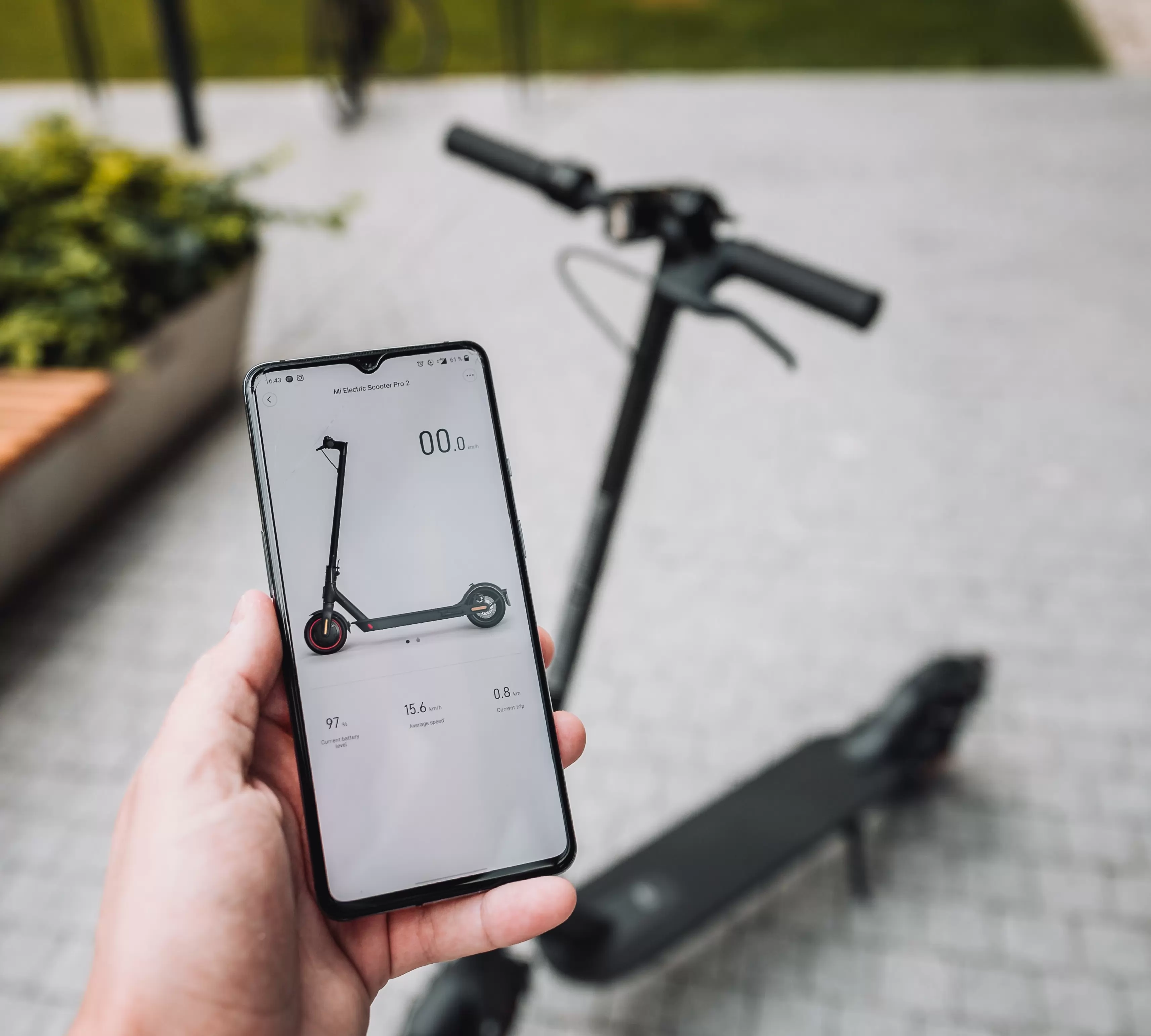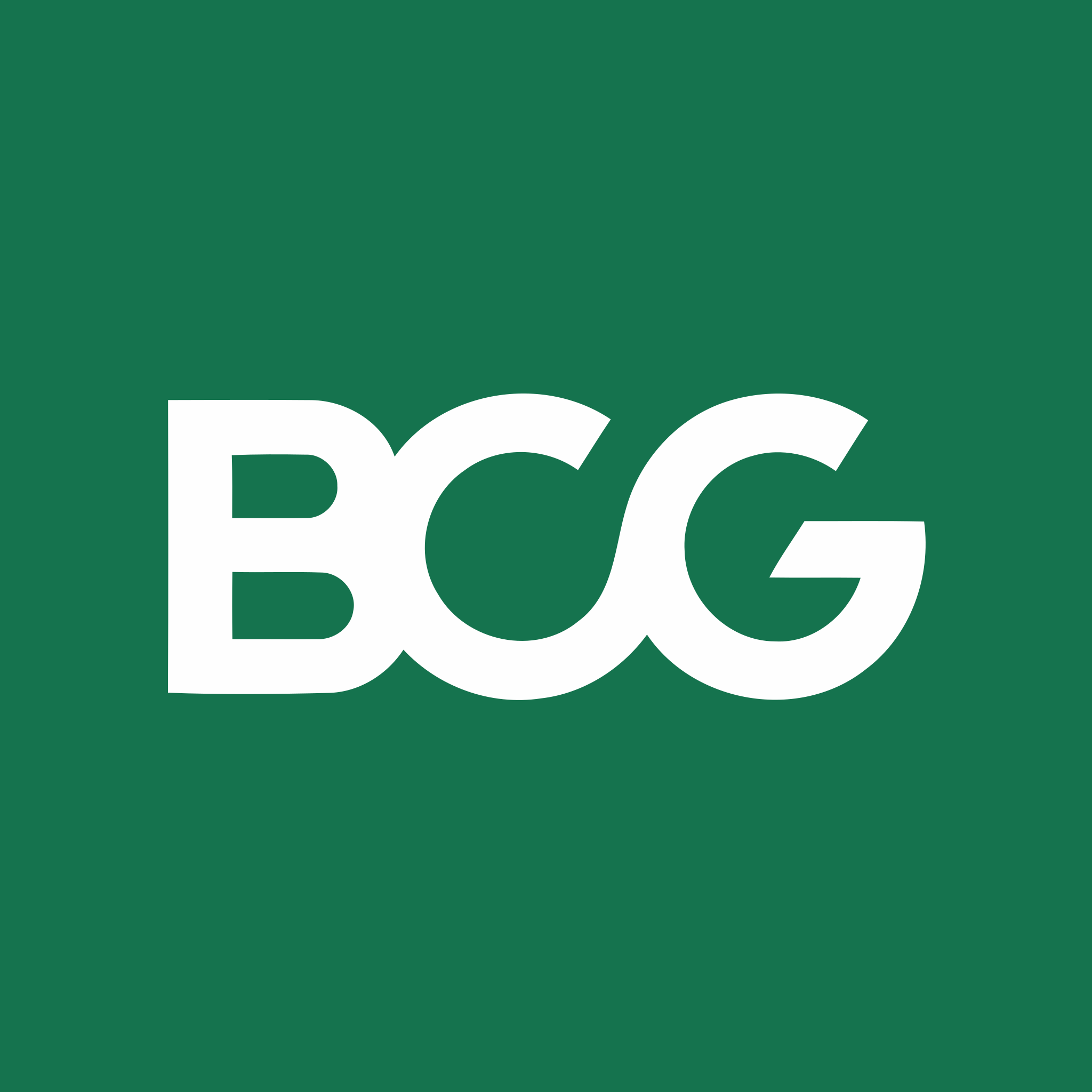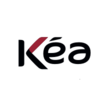Summary of our market study
The French market for electric scooters is worth around 40 million euros
The market for self-service electric scooters has grown significantly since 2020, with a marked increase in shared mobility use of 48% in Europe in 2022 alone.
The maturing market has consolidated around major players such as Lime, Dott and Tier, particularly in France where regulations are stricter.
Operators have yet to break even.
In recent years, the urban mobility landscape has been considerably reshaped by the arrival of electric scooters. Electric scooters will account for 51% of Europe's shared-vehicle fleet
The French market has enthusiastically embraced this trend, with players such as Lime, Dott and Tier following in the footsteps of electric scooters.
According to BCG, the European and American markets for these scooters alone should reach a value of between $25 and $30 billion. Work and commuting account for almost half of usage.
Electric scooters account for 16% of journeys in France.
Electric scooter operators
- Lime
- Tier
- Dott
- Bird: Bird's track record highlights the volatility of the self-service scooter market.
to understand this market
Detailed content of our market study
 Inforamtion
Inforamtion
- Number of pages : 35 pages
- Format : Digital and PDF versions
- Last update :
 Summary and extracts
Summary and extracts
1 Market overview
1.1 Definition and scope of the study
The self-service or free-floating scootermarket concerns the urban mobility service offered by electric scootersin recent years, the market for micro-mobility (up to 6 km of travel distance) - which includes the market for scooters - has grown which includes self-service scooters - has seen the use of personal mobility devices (PMDs) become more widespread and amplified after the health crisis in particular.
Free-floating scooters are available for rent and can be used/dropped off at their convenience. This service is made available and is operable via the use of a mobile application and a QR Code allowing the unlocking of the scooter. As far as the French market is concerned, the service costs a pre-announced price that corresponds to a rate per minute traveled.
This ease of use has made it a huge success and thus in 2018 a multiplicity of players have invested the market offering an equivalent service and thus being able to differentiate themselves only by the price offered to users. The hypercompetitiveness of the price has led to the exit of many players from the market, as they were unable to generate profit and intensified the phenomenon of concentration. Today, only a few players have managed to stay on this market, such as Lime, Dott or Tier (the only players still existing in Paris, while they were 12 in 2018). Thus, following a phase of anarchic development, the self-service electric scooter market is regulating itself and could reach 25 to 30 billion dollars on the European and American markets alone, according to the consulting firm BCG.
in addition to this ultra-competitive scheme, there is an ever-increasing amount of regulation to control the practice and protect users. For example, in November 2022, the Paris City Council is threatening not to renew the contracts of the three operators if they do not implement a number of measures.
1.2 A global market with great growth prospects
According to the Boston Consulting Group(***), the global self-service electric scooter market is expected to be worth between US$** billion and US$** billion by **** .
Distribution of the self-service electric scooter market by world region World, ****, % of market by value Source: ****
The chart below highlights the breakdown by world region, with Europe and the US expected to account for **% of the global market.
Thus, the European market is expected to be worth between US$ ** and ** billion in ****.
1.3 European and French markets
state of the European market in ****
The use of shared mobility has increased by **% compared to ****. ***,*** vehicles are now present in the ** European cities analyzed by Fluctuo: an increase of **%. *** services are offered.
Distribution of the European shared-vehicle fleet Europe, ****, as a % of total Source: ****
Scooters represent **% of the vehicles deployed and see their use increase by **% compared to ****.
Docked bicycles account for some **%, and self-service bicycles for **%. Scooters and cars come next, in perfect equality (***). In total, there are ***,*** vehicles in the ** cities analyzed by Fluctuo. This represents a spectacular increase of **% in one year. As for the services offered, there are now *** of them.
Focus on the French market
Fluctuo-Mobilty Intelligence has carried out an assessment of shared mobility in France and underlines the important place of electric scooters in this field.
The table below summarizes the place of the electric scooter in this shared mobility market.
Thesize of the French self-service scootermarket was therefore €**.* million in ****.
By ****, there were nearly **,*** shared vehicles in circulation in Paris. Lime has nearly * million unique users and has since counted ** million trips across all vehicle types.
Since ****, the French market for self-service electric scooters is estimated to have grown by +***%.
Focus on ...
2 Analysis of the demand
2.1 User profile
The use of electric scooters has evolved over the last few years: even if leisure remains the primary reason for using self-service scooters, business and commuting account for **% of usage.
Use of self-service scooters France, ****, in % Source: ****
Conducted in **** in partnership with Smart Mobility Lab and OpinionWay, the Mobiprox Observatory study provides a better understanding of the profile of electric scooter users, including users of self-service scooters.
Segmentation of scooter users France, ****, in % Source: ****
**% are active commuters: they use scooters mainly to get to work. For this essentially utilitarian use, these scooters aged between ** and ** make do with low-powered machines (***). Their motivation to choose this EPDM to move is to save time.
**% are young city dwellers (***).
**% are weekend walkers (***). It is therefore a leisure mobility. Their choice to use the electric scooter is motivated by time saving, but also by ecology and comfort.
**% are passionate wheelers: mainly men (***).
A certain typical profile emerges all the same for users of self-service scooters: the city executive paying attention to his travel time and his carbon footprint
Thus, the *t research firm has drawn up a composite profile of Parisian users: a **-year-old man living in Paris or the Ile-de-France ...
2.2 Comparative study of different urban mobility services
Distribution of the number of trips made using shared mobility France, ****, in % of number of trips Source: ****
The majority of trips (***) are made by bikes shared in stations, followed by free-floating electric scooters with **% of trips. More than ***,*** trips were made in ****.
Nevertheless, in terms of value, electric scooters dominate the market with **% of revenues (***). Station-based car-sharing services are also important sources of revenue, accounting for *% of trips compared to **% of sales in value.
Market share in value of the various shared mobility services
Comparison of self-service electric scooters to other urban mobility options:
If we compare the price of a * kilometer trip in Paris between Boulevard Pereire and Rue des Petits Champs according to the different modes of transportation thanks to Citymapper, we obtain in November **** the graph below:
Price/min In $ (***) Source: ****
NB: This comparison is especially true for visitors, as locals often have subscription offers for velibs, or public transport. In this case, the scooter becomes much more expensive in comparison.
Own your own electric scooter or use free-floating solutions?
Advantages and disadvantages of free-floating scooter services
Owning your own scooter offers about the same advantages and disadvantages, except for the price.
So, financially, when is it more ...
3 Market structure
3.1 Market value chain
⇓
⇓
⇓
3.2 A market that is consolidating and structuring itself around a handful of players
In ****, there were ** companies in France offering free-floating services, all of them present in Paris and some in * other French cities: Lyon, Marseille, Bordeaux and Angers. Some attempts ended in failure, such as Lime in Toulouse or Bordeaux, or Wind in Nantes. [***]
The tendering process has changed the situation completely since then, as the number of scooters and operators allowed are limited in some cities, which is highlighted in the graph below.
Number of companies operating in the self-service scooter sector in France France, ****, in units Source: ****
We can therefore see a certain structuring of the market on a few players with a number of operators that has decreased significantly due to public action.
In order to generate growth, operators are developing in a tighter territorial network by investing in suburban communities. however, it should be noted that many local authorities continue to prohibit free-floating scooters, such as the cities of Toulouse and Nice...
Example of Bird and the French market, after arriving in **** as the other operators and experienced one of the largest fundraising, the operator announced a net decline in revenue and announced that it had to lay off **% of its employees. From January to March ****, Bird had revenues ...
3.3 A business model that impacts the profitability of the main players
In ****, consulting firm BCG raised the issue of the uncertain profitability of startups in the sector.
Indeed, operators had to focus on expanding their user base at launch to gain market share and profitability was only the next step in their development.
By estimating the lifespan of scooters at * months with a break-even point of *.* months, uncertainty weighed on the sector. The path to profitability lies in improving the lifespan of scooters, which is reduced by vandalism and the fragility of the equipment.[***]
Thus, at the beginning, operators called on private individuals to recharge the vehicles: juicers. In addition to recharging, they allow the collection of scooters at night, avoiding crime and breakage, as well as the regrouping of scooters. This method being expensive, many companies, like Tier, have switched to removable batteries to limit costs. [***].
The reaction of operators in early ****:
Nevertheless, less than a year later, at the beginning of ****, start-ups are progressing towards profitability thanks to several measures put in place: [***]
A more robust and resistant equipment: life span of ** to ** months according to BCG. An optimized recharging and maintenance process: instead of collecting them every night to recharge them and then redeploy them, some operators use removable ...
4 Analysis of the offer
4.1 Analysis of self-service scooter supply
Comparison of self-service in Paris
4.2 Innovations and supply trends
Constant innovations to improve safety
To make users safer, operators have implemented changes within the scooters themselves: lower deck for better support, detection system for sidewalks and risky areas.
More sustainable scooters
Lime and zero-emissions: implementation of zero-emission vehicles (***). They plan to replace all non-all-electric vehicles by ****. Similarly, across the value chain, Lime uses only renewable energy Dott and its sustainable batteries: Dott creates its own scooters; they create fully repairable batteries, also work on projects to give them a second life and look at how to use old ones to make new ones Tier and the code of conduct set up with its suppliers:suppliers who sign up with Tier must respect a series of measures on different themes: protection of human rights and labor rights, the environment, ethics, etc.
Pony and the decentralized fleet: possibility to buy a VAE or an electric scooter and to rent it to other users by recovering a part of the earnings (***).
Joining insurance in association, the example of DOTT
What is covered by Dott's insurance, in partnership with Zego?
For the duration of the vehicle rental, the user benefits from the insurance taken out by Dott, covering
liability to one or more third ...
5 Regulation
5.1 Regulatory framework
The LOM Law to structure the market and an entry into the highway code for EDPM
The Mobility Orientation Law was published in the Official Journal on December **, ****. This law transforms mobility policy in depth, with a simple objective: daily transportation that is easier, less expensive and cleaner. But it also allows to better supervise the rental of electric scooters by giving more power to the communities that issue or not a title of occupation of public space.
New law reserved for "motorized personal transport devices" (***)
Obligations:
Wearing a vest when visibility is low Mandatory horn Traffic on bicycle paths Front and rear lights Parking in restricted areas
Prohibitions :
Transporting passengers Riding on sidewalks unless authorized by the community with a risk of a ***€ fine headphones and earphones Riding at more than ** km/h with the risk of a fine between **€ and ****€.
Regulations in the Parisian market
The mortality of users is increasing year by year, with ** deaths recorded in ****, compared to ** in **** and * in ****. Several cities have banned them, or are considering banning them. in Paris, where City Hall may not renew the contracts of Lime, Dott and Tier at the end of February ****, operators are trying to save their ...
6 Positioning of the actors
6.1 Overview of the actors
- Lime Neutron
- Dott
- Tier Mobility
- Voi mobility
All our studies are available online in PDF format
Take a look at an example of our research on another market!
 Choosing this study means :
Choosing this study means :
Access to more than 35 hours of work
Our studies are the result of over 35 hours of research and analysis. Using our studies allows you to devote more time and added value to your projects.
Benefit from 6 years' experience and over 1,500 industry reports already produced
Our expertise enables us to produce comprehensive studies in all sectors, including niche and emerging markets.
Our know-how and methodology enable us to produce reports that offer unique value for money.
Access to several thousand articles and paid-for data
Businesscoot has access to all the paid economic press as well as exclusive databases to carry out its market research (over 30,000 articles and private sources).
To enhance our research, our analysts also use web indicators (semrush, trends, etc.) to identify market trends and company strategies. (Consult our paying sources)
Guaranteed support after your purchase
A team dedicated to after-sales service, to guarantee you a high level of satisfaction. +44 238 097 0676
A digital format designed for our users
Not only do you have access to a PDF, but also to a digital version designed for our customers. This version gives you access to sources, data in Excel format and graphics. The content of the study can therefore be easily retrieved and adapted for your specific needs.
 Our offers :
Our offers :
The self-service scooter market | France
- What are the figures on the size and growth of the market?
- What is driving the growth of the market and its evolution?
- What is the positioning of companies in the value chain?
- Data from several dozen databases
Pack 5 études (-25%) France
- 5 études au prix de 74 €HT par étude à choisir parmi nos 1200 titres sur le catalogue
- Conservez -25% sur les études supplémentaires achetées
- Choisissez le remboursement des crédits non consommés au terme des 12 mois (durée du pack)
Consultez notre catalogue d’études sectorielles


















